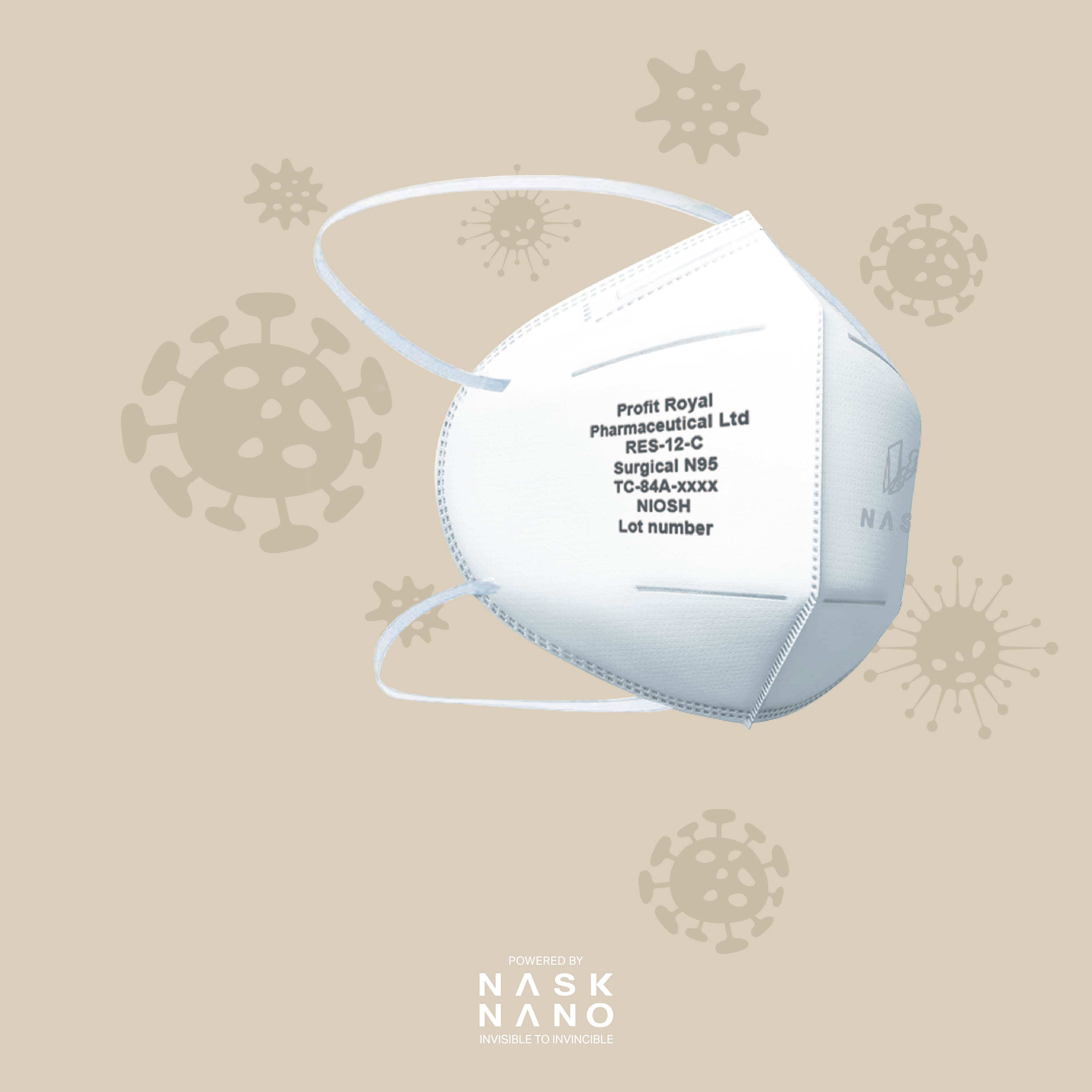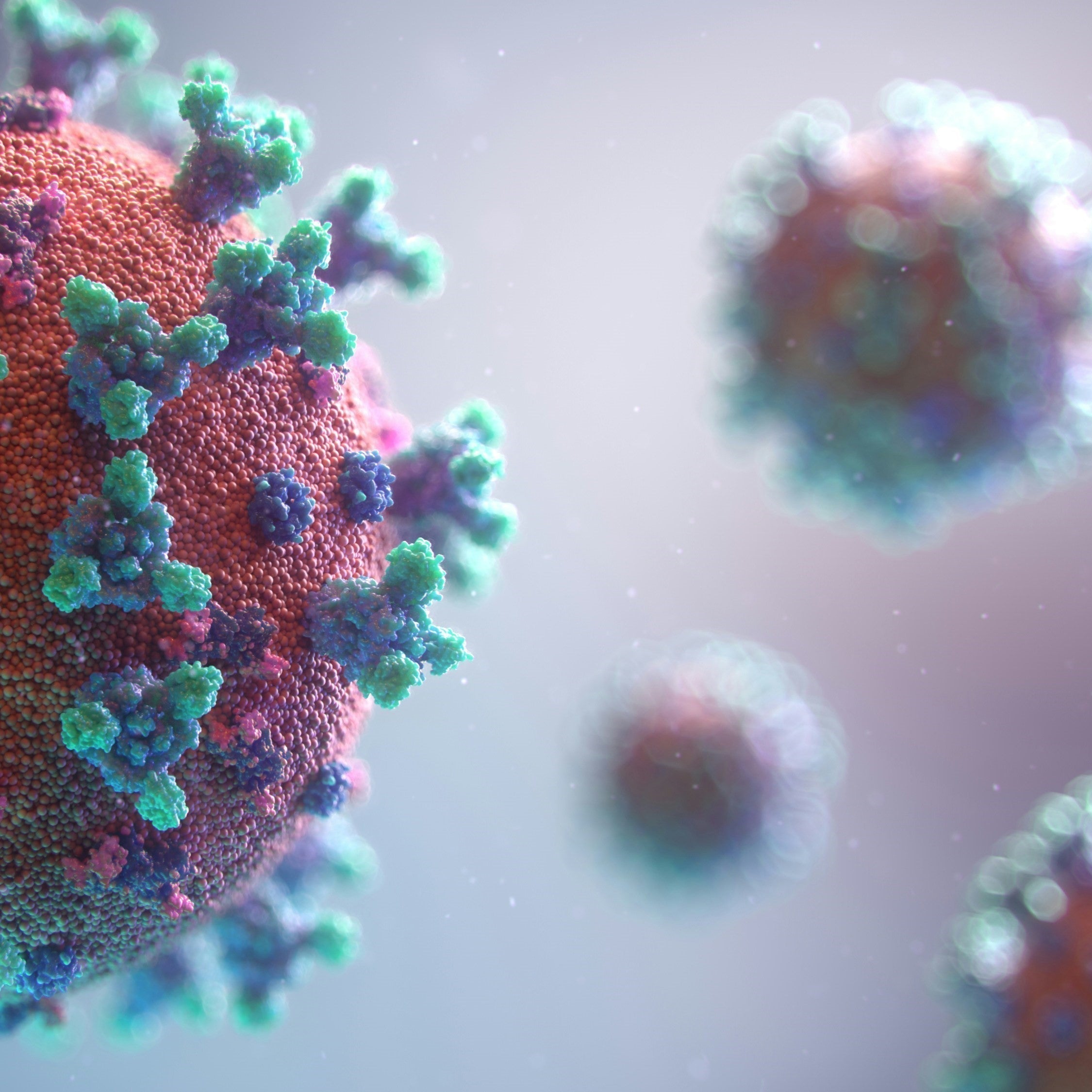
A Must-Read Article during Peak Flu Season: Symptoms and Prevention Tips
The peak seasons of influenza outbreaks are from January to March in winter and from July to August in summer. After the COVID-19 epidemic, influenza viruses have increased. The virus can be transmitted from person to person through droplets coughed or sneezed by a patient. NASK nanofiber respirator effectively kills 99% of bacteria and protects your health!
What is Seasonal Influenza?
Seasonal influenza is an acute respiratory infection caused by influenza viruses that is usually prevalent during specific seasons of the year (usually autumn and winter). Influenza is highly contagious and spreads mainly through droplets.
What are the Symptoms of Seasonal Flu?
Common symptoms include runny nose or sneezing, fever, cough, sore throat, muscle pain, fatigue, dizziness and headache. Some people may experience diarrhea or vomiting.
What are the Complications of the Flu?
- Pneumonia: Influenza can lead to viral pneumonia or secondary bacterial pneumonia and is one of the most common complications.
- Respiratory failure: Severe pneumonia may lead to respiratory failure requiring mechanical ventilatory support.
- Heart complications: The flu can worsen the condition of people with heart disease, leading to myocarditis or heart failure.
- Central nervous system complications: neurological disorders such as encephalitis, meningitis, or acute Guillain-Barre syndrome.
- Muscle and joint pain: The flu can cause rhabdomyolysis, or severe muscle pain.
- Multiple organ failure: In severe cases, influenza can cause multiple organ failure.
- Worsening of chronic conditions: The flu can worsen existing conditions such as diabetes, asthma, and chronic obstructive pulmonary disease.
Who are the Highly Risky Groups?
Young children, pregnant women, the elderly, patients with chronic diseases (such as heart disease, diabetes, asthma, etc.), people with low immunity, people living collectively, and medical staff.
How to Protect Yourself and Others?

- Get an annual flu vaccine: Influenza epidemic patterns vary from region to region, and different strains of the virus may be circulating each year, so the composition of the vaccine will be adjusted each year.
- Wear a mask/respirator: Closed places with dense crowds, such as subways, elevators, etc., are most susceptible to cross-infection and increase the risk of influenza. Therefore, citizens please insist on wearing masks to protect themselves. NASK nanofiber respirators can effectively isolate droplets and effectively kill 99% of pathogens. They successfully protected citizens and medical staff during the Covid epidemic and are trustworthy. There are also kids' version to protect children!
- Maintain good hygiene: wash your hands frequently and avoid touching your face to reduce the spread of the virus.
- Enhance immunity: Eat enough nutrients, get moderate physical exercise, and make sure you get enough rest and sleep every day.
- Maintain environmental hygiene: Clean and disinfect regularly, especially frequently touched items and surfaces such as door handles, cell phones, and electrical switches. Maintain good ventilation to reduce virus concentrations.
Understanding seasonal influenza and its prevention and control measures can help reduce the risk of infection and reduce the social impact of influenza.







Leave a comment
This site is protected by hCaptcha and the hCaptcha Privacy Policy and Terms of Service apply.